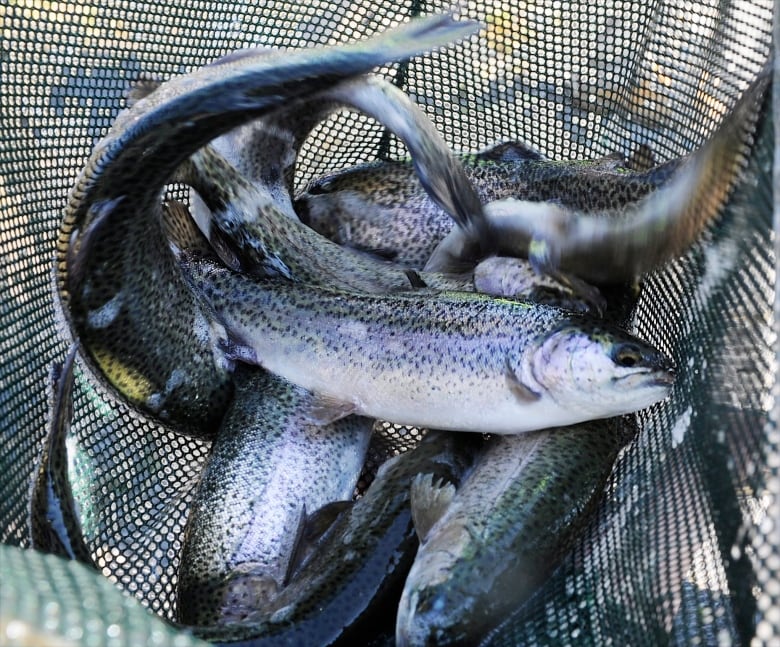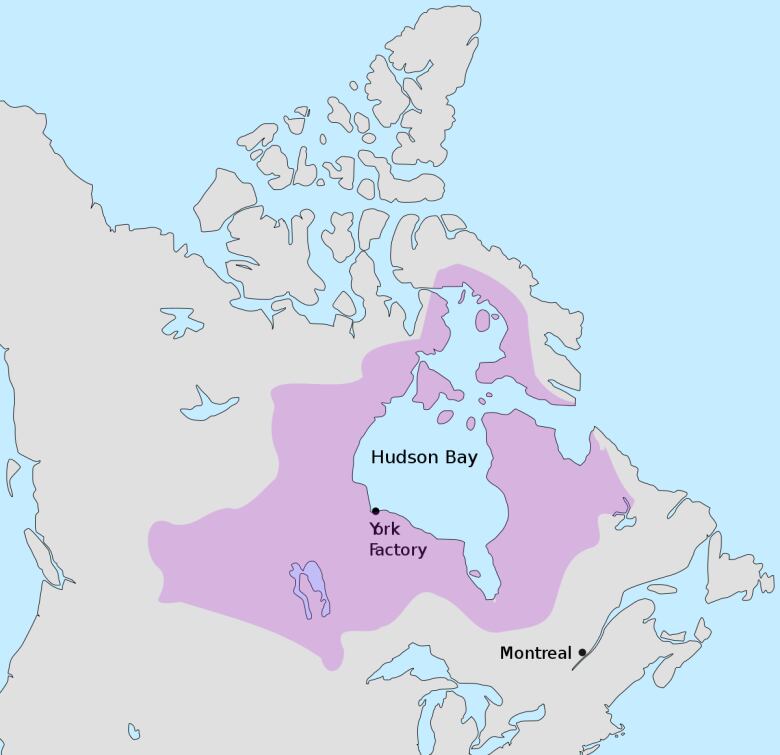Manitoba fights U.S. project that could bring invasive species into Manitoba waters
Manitoba Sustainable Development fears project would bring harmful species, bacteria into Hudson Bay Basin

It received a stamp of approval from U.S. federal courts in August, but now the Manitoba government is fighting a water-diversion plan that would increase water levels flowing north into the province from neighbouring states.
A U.S. federal court judge ruled in August that a $244-million Northwest Area Water Supply (NAWS)project could be developed because it complies with the country's environmental protection rules. The projectwould bring more water from the Missouri River to northwestern North Dakota, where it would then flow up into Manitoba's Hudson Bay Basin.
Court documents dated Oct. 10, 2017, show the Manitoba government filed an appeal to stop the project.
"Manitoba's primary concern with theNAWSproject and other inter-basin water transfers in North Dakota has always been the serious ecological consequences that would result from the introduction of harmful invasive species and aquatic diseases from the Missouri River Basin into Manitoba's rivers and lakes,"Rochelle Squires,Manitoba sustainable development minister, said in a statement.

The main concern is aboutwhirling disease, a conditioncarried mainly by trout and whitefish that has already made its way into several parts of Alberta.
A parasitic infection leads to skeletal deformityin fish that causesthem to swim in a whirling pattern and ultimately kills them.
The parasite is from Europeand has hurt trout stocks in Montana in recent decades. It's also present in parts of the Missouri River.
"Manitoba is deeply concerned about invasive species and biota coming into our waterways," Squirestold reporters at the legislature Thursday.

This isn't the first time the province has cited concerns over the project, which has been tied up with delays since it was first announced in 1986. In 2002, when construction first began, Gary Doer's NDP government sued over fears the increased flows could bring harmful bacteria and other aquatic agentsinto Manitoba.
"The only reason this government has a chance to continue that fight is because welaid that groundwork and now it's totally up to them to defend Manitoba's interest,"saidWolseleyNDP MLARobAltemeyer.

"North Dakota really wants this to happen, so they are continuing to try every legal means that they can in order to build."
Altemeyersaid an activist is responsible this time around for alerting provincial officials about plans south of the border.
"Any time [you hear], 'There's no point in contacting my MLA,' this is living proof that it can make a difference," he said.
"The only reason that the minister made that announcement today is because citizen activists informed me of what North Dakota was up toI had no awareness of it.I was able to raise it publicly and now we've got the government doing the proper thing and filing an appeal."
Missourialso sued in 2009, claiming the project would divert water from the Missouri Rivera key shipping and agriculturalresource that also provides water for three million people in the state.
A 2015 environmental study by the U.S. federal Bureau of Reclamation called for more strict water-treatment rules on the project. But the judge in the August 2017 decision ruled against Manitoba and Missouri's claims, stating the environmental study satisfied federal legal requirements.
All restrictions on construction plans for the project have since been lifted.

North Dakota is working on a water-filtration system that would, in theory, screen out harmful biota and provide some protection for Manitoba, Squires said.
She couldn't provide details on a timeline for when a ruling might be reached on the appeal.
"While we regret that further legal action is necessary, our priority is still to ensure that waters in Manitoba and Canada receive the highest possible level of protection as the NAWS project moves forward," Squires added.
Altemeyersaid he previously sent a letter to the federal government imploring them to consult with the International Joint Commission, an organization that has been around for decades andis designed to resolve water disputes between Canada and the U.S. He hasn't heard back.
"This is a tool that they simply have to be using," Altemeyer said. "Why these governments are not using these tools is beyond me."
With files from Kristin Annable, Aidan Geary and The Associated Press












_(720p).jpg)


 OFFICIAL HD MUSIC VIDEO.jpg)
.jpg)



























































































